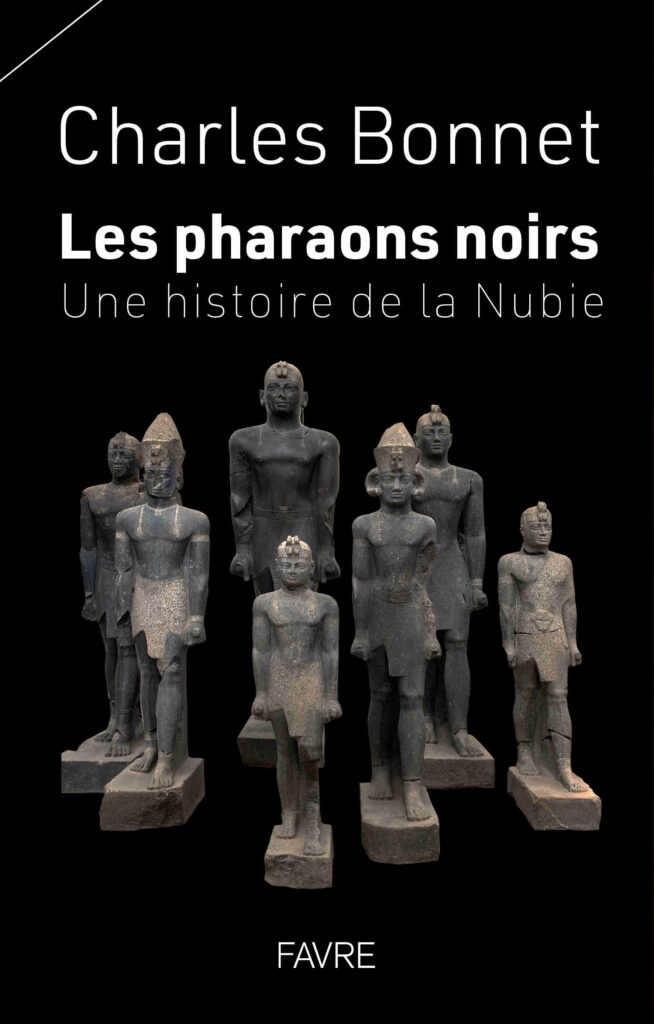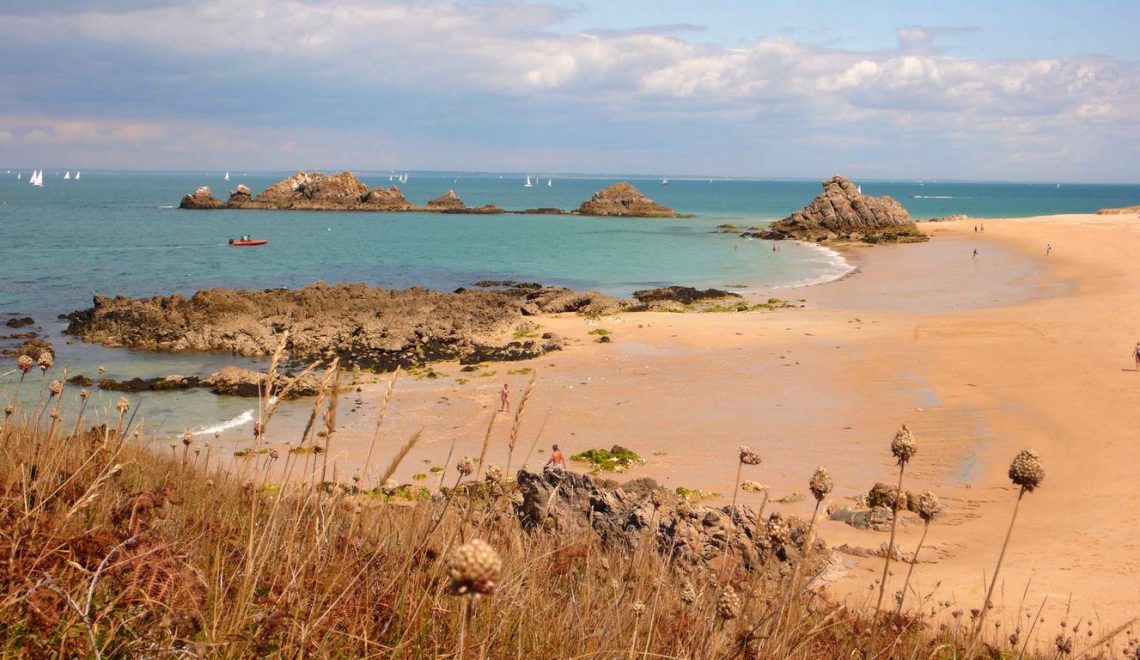
"From the sea we live" is the motto of this island, 4 km long and 1.5 km wide, located off the Gulf of Morbihan. A paradise for sailors, fishermen and nature lovers, Houat is the perfect place to discover its exceptional flora and fauna, go cycling or follow the coastal paths.
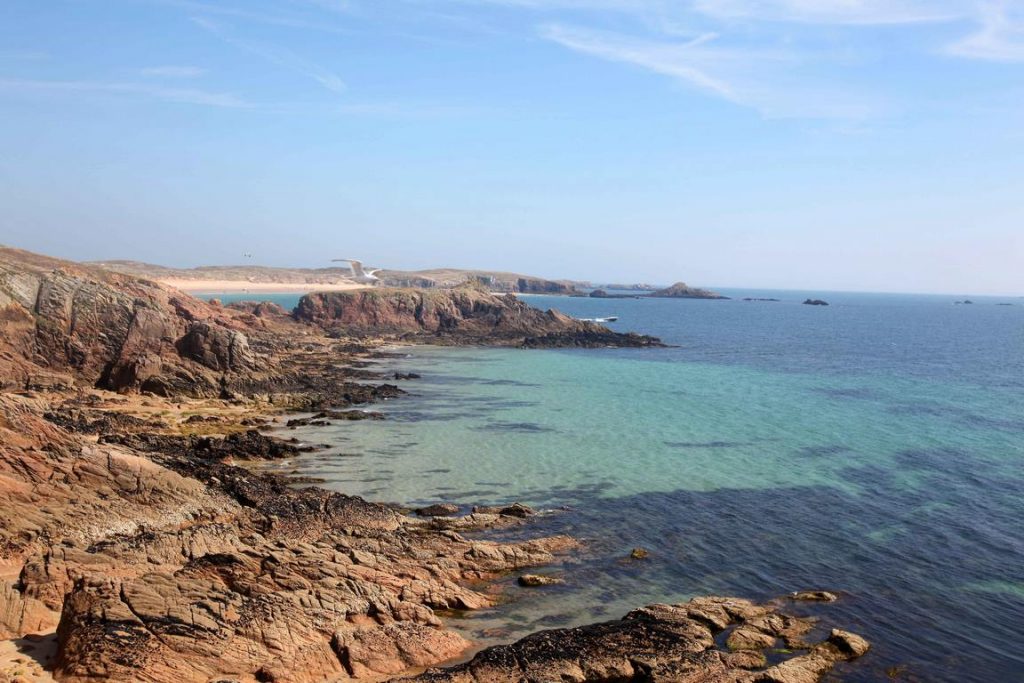
Houat's granite cliffs are an extension of the Quiberon peninsula, with which it was once one. Until a few years ago, most of the men were fishermen. But today, this activity is in decline. Their colourful boats line up in herringbone formation along the breakwater in the port of Saint Gildas, leaving the centre of the basin to the pleasure boaters.
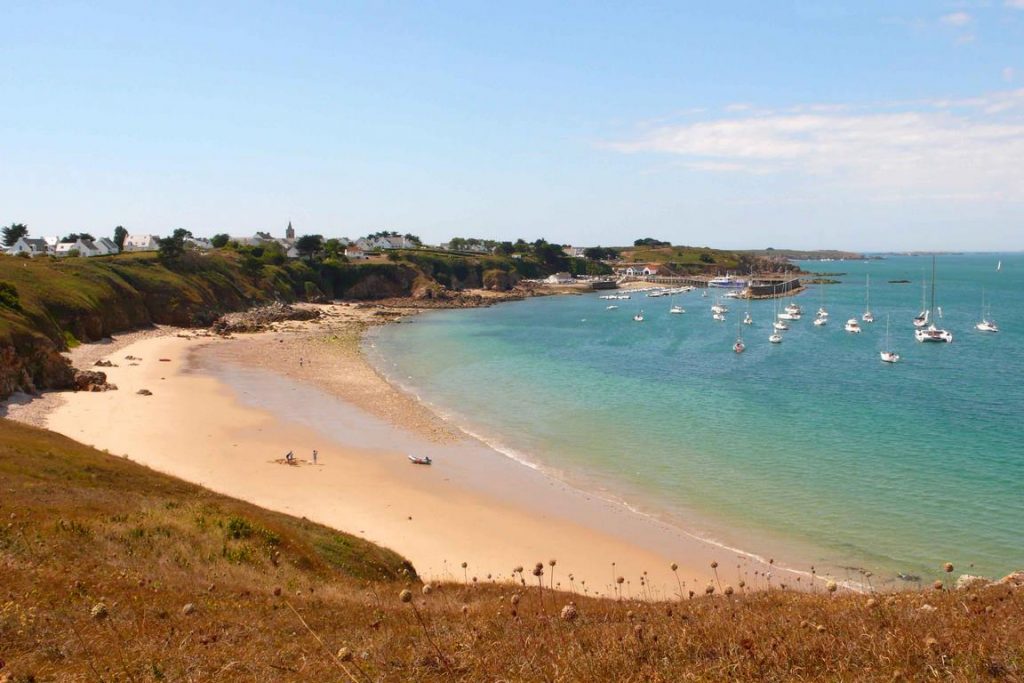
You can discover it by sea from Locmariaquer, Vannes, Quiberon or Port-Navalo. Or by anchoring on one of its shores. As soon as you approach the island, you?ll be struck by its rocky coastline interspersed with white sandy beaches and small coves bathed in emerald-coloured, rather cold water (16°C in summer).
From the port of Saint Gildas, the village is reached by a narrow road flanked by a number of recently-built houses.
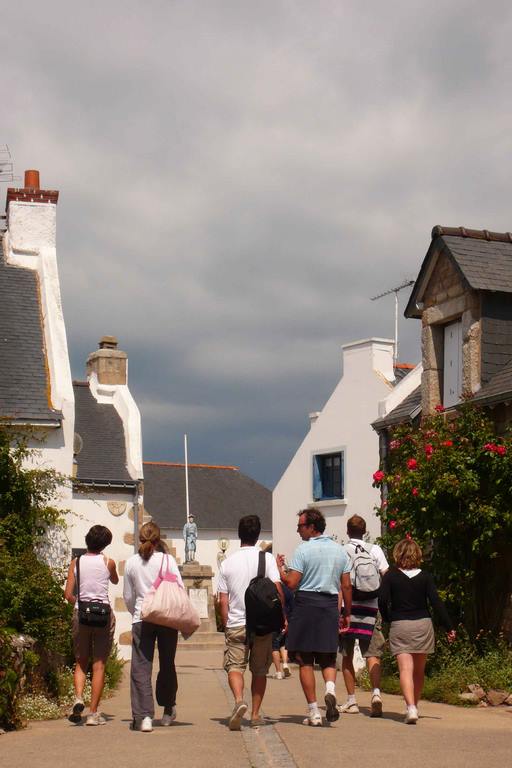
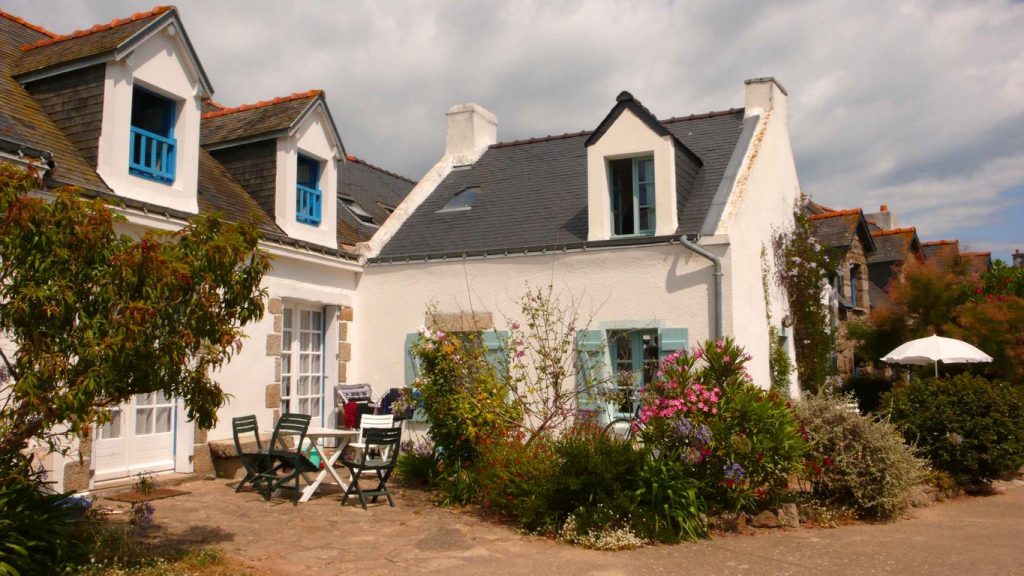
Exceptional flora
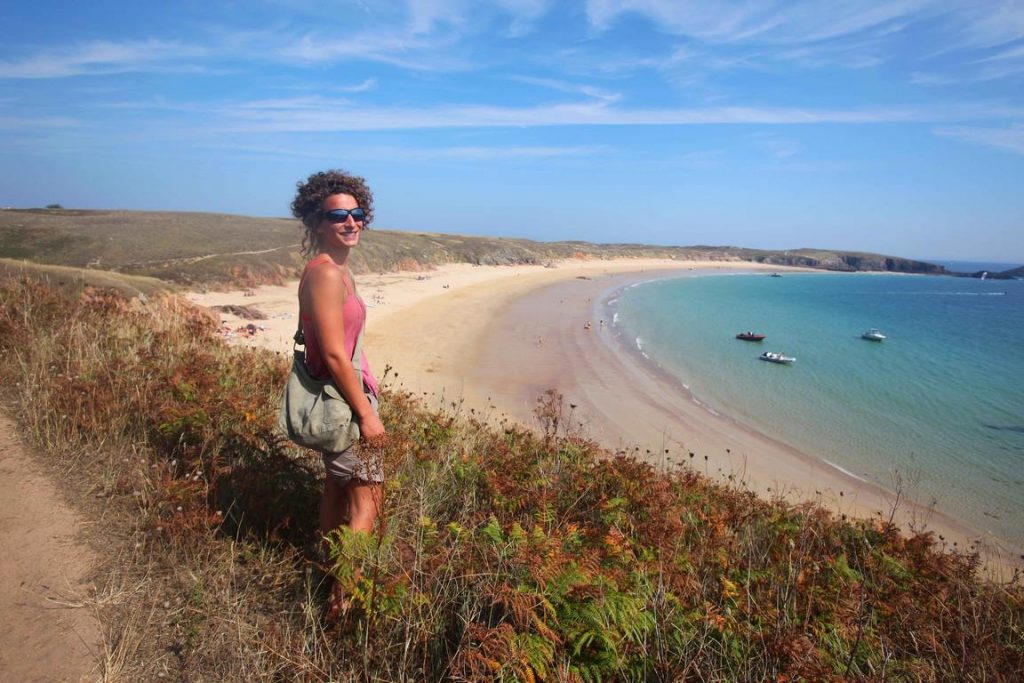
There are no fences, walls, electricity poles, barriers or roads; nature has remained virtually untouched. Fragrant moorland, home to honeysuckle and wild rabbits, covers almost four-fifths of the island. It is home to many protected species, some of which are threatened because they are too often picked for bouquets.
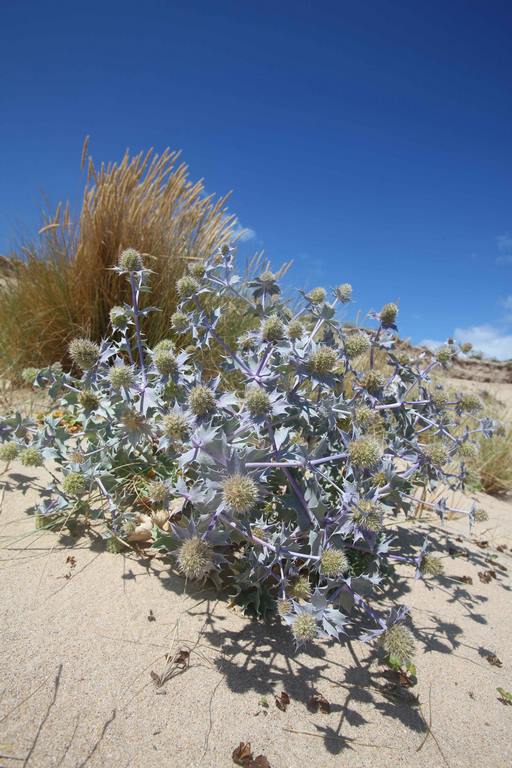
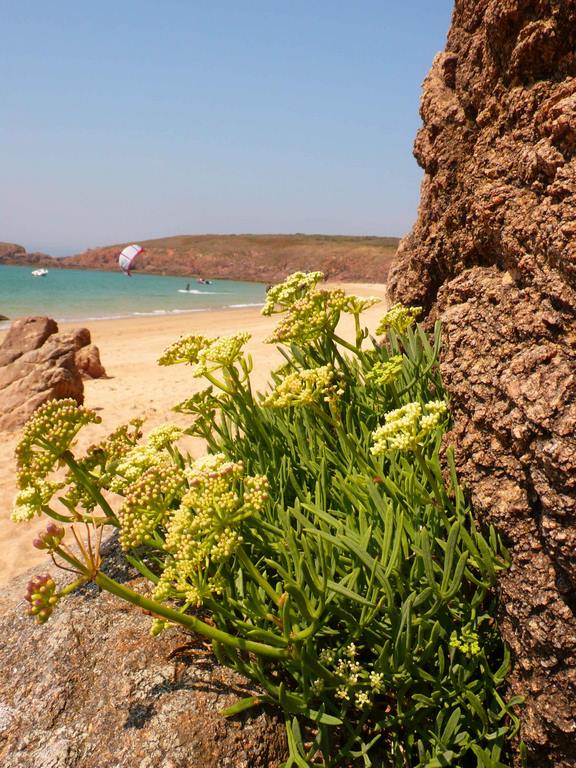
In late spring, wild asparagus bursts through the sandy dunes, and from July onwards, the sea lily offers its large white flowers in the shape of a crumpled trumpet to coastal walkers.
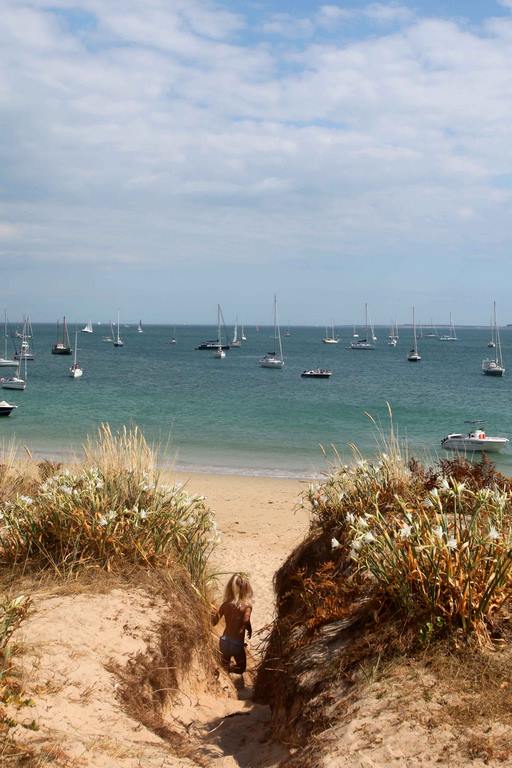
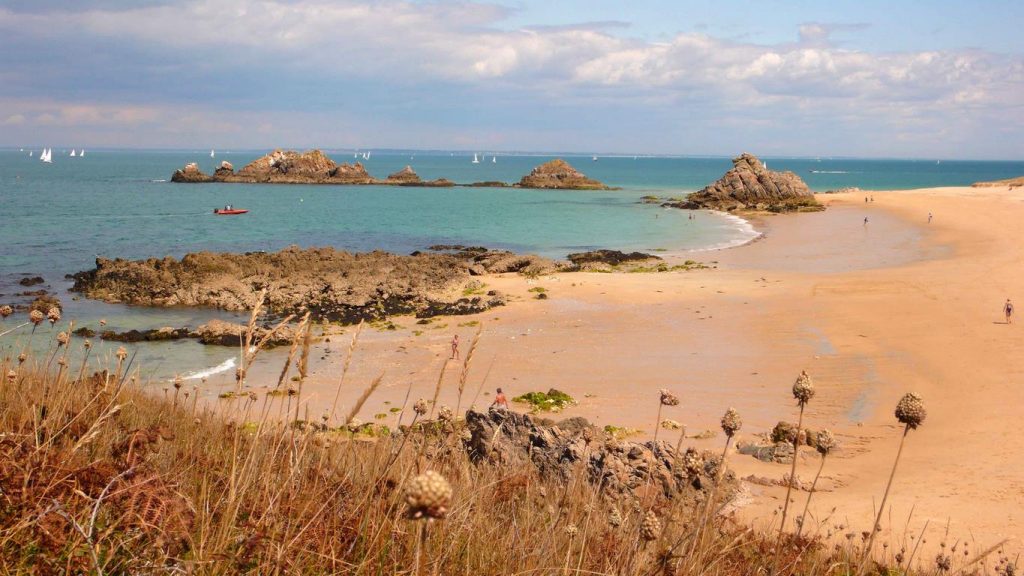
From the beaches of the first day
On the east coast is the superb sandy beach of Treac?h er Goured, which wraps around the tip of Tal er Hah (it supports an old battery). To the far west, you will fall under the spell of Treac?h er Venigued. Go there at sunset. In front of you, the tip of the Quiberon peninsula, some fifteen miles away, and numerous islets and rocks that make this passage very dangerous. The wind blows permanently and the lighthouse marking the passage is not named Teignouse by chance.
Further to the right, the rock of Beg er Vachif may turn red as you pass in front of it (if you're kind, so the legend goes). But one thing's for sure, if you love nature, Houat won't disappoint you.
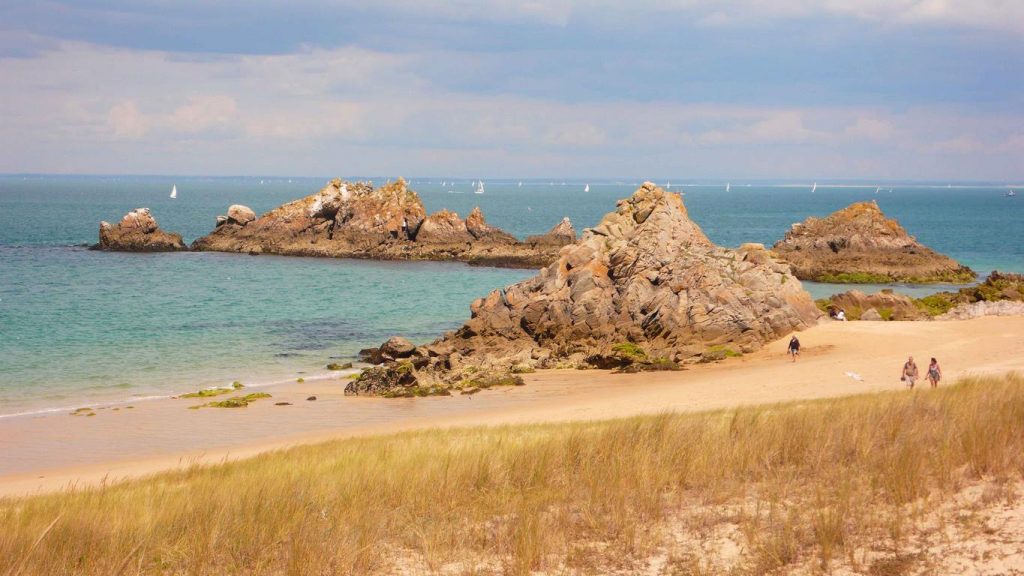
It's still an unspoilt place, with beaches like the morning of the world. Long, untamed stretches where the foamy, clear-blue waves come to rest. Ideal for recharging your batteries and walking in peace!
Text and Photos: Brigitte Postel

